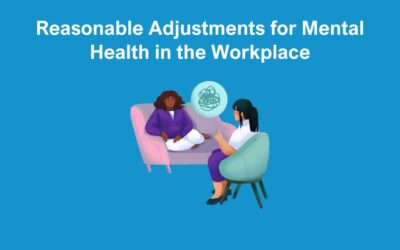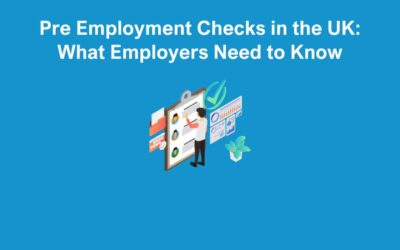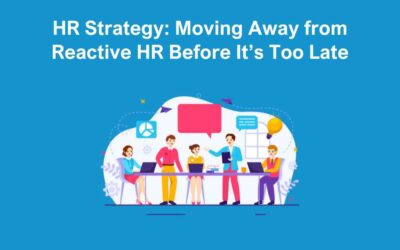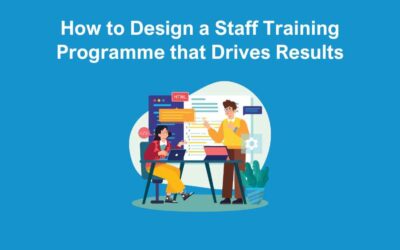In the previous article we discussed how to make redundancies, and today we are looking at a Redundancy Consultation in more depth. If you are at this stage, you’ve decided that terminating jobs is your only option. You will have also sent out your redundancy plan, and had your initial at risk meeting. It’s now time to find out how to conduct the consultation process.
There are rules you must follow by law when consulting with employees at risk. This includes the length a consultation period should be and also what should be discussed. It’s important you don’t get a step wrong as this can lead to an expensive unfair dismissal tribunal claim.
What Should be Discussed During a Redundancy Consultation
You must consult with your staff if they are at risk of being made redundant. This includes an explanation of why their role is being terminated, any alternatives to redundancy, and listening to what your staff have to say about it.
Other things to consider at consultation includes:
- Discuss business reasons as to why you are proposing making redundancies
- Part Time Working/Reduction in hours/flexible working patterns
- Other roles in the organisation
- Reduction in salary which could reduce number of redundancies required
- Opportunities for taking unpaid sabbatical
- Defer any bonus payments due
- Discuss whether any contractual or other employee benefits can be reduced/stopped
- Review discretionary spend and make savings where you can
- Simplify your working processes and reduce costs – ie home working
- Recruitment freeze
- Support available for your employees at risk – interviews, outplacement, CV writing etc
Whilst your employee is going to be upset and could try and argue the business reasons you have presented, it’s important not to get embroiled in a debate about these reasons. Present in a professional, logical manner and give your employee an opportunity to vent and ask questions. It’s important you show compassion and also listen to their views and concerns.
When it comes to the length of the redundancy consultation and the type of consultation you should hold depends on the number of employees you are considering to let go.
Redundancy Consultation for up to 19 jobs
If you are looking to terminate up to 19 roles, there are no specific rules or timeframes you need to follow when carrying out the consultation. However, we encourage you to follow a process. This involves conducting a range of meetings and this can be achieved in less than 30 days. However, it’s important to remember the key factor which is to demonstrate meaningful consultation.
In this short video, we demonstrate how to conduct this meeting when 1-1 consultation is required. This is where less than 20 redundancies are proposed. There is no statutory right for an employee to be accompanied at these meetings, so therefore it’s up to you whether you want to offer this or not. We would normally advise to do so, either allowing a colleague or Trade Union representative. This ensures your employee is supported in the meeting, in what is a very difficult and stressful process.
How long should a collective consultation be?
There’s no time limit for how long the period of a collective redundancy consultation should be, but the minimum is:
- 20 to 99 employees
If you are considering terminating 20 to 99 jobs, there’s no particular rules on timeframes. However, you must give at least 30 days before you dismiss any staff members.
- More than 100 employees
If you are possibly making more than 100 redundancies, the consultation period will be longer. The period must be at least 45 days.
Steps to follow during a collective consultation
- You must notify the Redundancy Payments Service (RPS) before a consultation starts. The deadline depends on the number of proposed redundancies. Use the HR1 form to do this.
- Consult with trade union representatives or elected employee representatives – or with staff directly if there are none.
- Provide information to representatives or staff about the planned redundancies, giving representatives or staff enough time to consider them.
- Respond to any requests for further information.
- Give any affected staff termination notices showing the agreed leaving date.
- Issue redundancy notices once the consultation is complete.
Note Taking
Take notes of what’s discussed. There may be questions you can’t answer, so document these and ensure you provide feedback by the time you next meet. Any agreed actions during the redundancy consultation should be documented.
We would also suggest you and the employee sign the notes, along with their representative. If you can’t provide these directly after the meeting, do so as early as possible.
Redundancy consultation meetings might be carried out via video technology, depending on the circumstances in your business. You could get agreement to record the consultation meeting – if so, please ensure GDPR regulations are adhered to in terms of where such a recording will be stored and who has access. If you need some help in planning for the consultation meeting, you can check out the video again here.
Do You Need Help with Redundancies?
Redundancies are a difficult process for everyone. By outsourcing HR support, it can make things run more smoothly. Our HR experts have many years of experience to help you through the whole process.
Contact Us
We look forward to answering any remaining questions about a redundancy consultation you may have.







